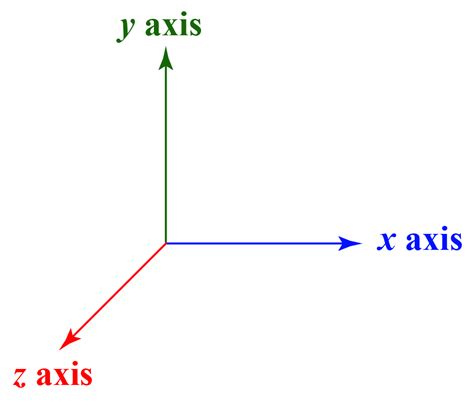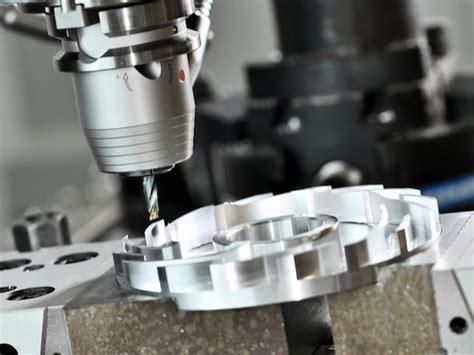capabilities and application of cnc machine Have you ever wondered how CNC machines shape our world? These versatile tools revolutionize manufacturing, handling tasks from simple drilling to complex milling. In this article, we’ll explore the various types of CNC . Learn how to properly wire a 3 way junction box with this step-by-step guide. Understand the necessary components and follow the correct wiring technique for safe and efficient electrical connections.
0 · how many axis are there
1 · how does cnc machine work
2 · high end cnc machines
3 · cnc mill axis diagram
4 · cnc machining guide
5 · cnc machine how it works
6 · cnc machine advantages and disadvantages
7 · 5 axis vs 6 cnc
If your house has visible wiring splices or if you need to add a new splice to extend a circuit, follow these simple steps to install a junction box.
Explore cutting-edge CNC machine capabilities and their wide range of applications. Achieve exceptional quality and efficiency with precise engineering.Computer Numerical Control (CNC) cutting offers unmatched accuracy, adaptability, . In this comprehensive guide, we’ll dive into the world of CNC machines, exploring their evolution, applications, benefits, challenges, and future trends. 1. Definition of CNC Machines. CNC, or Computer Numerical Control, . Since CNC machines can process almost any type of material, their applications are near limitless. From direct part production to rapid prototyping, this article looks at the various robust applications of CNC machining.
Have you ever wondered how CNC machines shape our world? These versatile tools revolutionize manufacturing, handling tasks from simple drilling to complex milling. In this article, we’ll explore the various types of CNC . Delve into the types and capabilities of CNC machines, empowering engineers with a comprehensive understanding of their diverse applications. This guide equips engineers to leverage CNC technology for .
Key features include multi-axis capabilities, enabling intricate 3D cuts and shapes; tool changers for seamless switching between operations; and advanced control systems that interpret CAD/CAM designs into precise .CNC machines are automated tools controlled by computer programs that guide the machine's movements to create precise parts and components. These machines are used in a wide .

to junction box
CNC technologies are widely used in modern manufacturing and mainly include the following six types of machines: 1. Vertical Milling Machine. (Image from the Internet) The spindle of a . Explore cutting-edge CNC machine capabilities and their wide range of applications. Achieve exceptional quality and efficiency with precise engineering. In this comprehensive guide, we’ll dive into the world of CNC machines, exploring their evolution, applications, benefits, challenges, and future trends. 1. Definition of CNC Machines. CNC, or Computer Numerical Control, refers to the automated control of machining tools and 3D printers by means of a computer. Since CNC machines can process almost any type of material, their applications are near limitless. From direct part production to rapid prototyping, this article looks at the various robust applications of CNC machining.
Have you ever wondered how CNC machines shape our world? These versatile tools revolutionize manufacturing, handling tasks from simple drilling to complex milling. In this article, we’ll explore the various types of CNC machines, their unique applications, and the technology that drives them. Delve into the types and capabilities of CNC machines, empowering engineers with a comprehensive understanding of their diverse applications. This guide equips engineers to leverage CNC technology for innovative solutions across industries. Key features include multi-axis capabilities, enabling intricate 3D cuts and shapes; tool changers for seamless switching between operations; and advanced control systems that interpret CAD/CAM designs into precise machine movements. CNC machines also boast high-speed machining capabilities, reducing production time while maintaining accuracy.CNC machines are automated tools controlled by computer programs that guide the machine's movements to create precise parts and components. These machines are used in a wide range of industries, each with unique requirements and applications.
CNC technologies are widely used in modern manufacturing and mainly include the following six types of machines: 1. Vertical Milling Machine. (Image from the Internet) The spindle of a vertical milling machine is perpendicular to the worktable. It is designed for machining small components, such as molds, fixtures, and precision parts.
Let’s navigate through the different types of CNC machining and uncover the unique attributes and applications of each. Milling: Milling machines use rotary cutters to remove material. They’re versatile and can produce everything from simple shapes to complex geometries.
Computer Numerical Control (CNC) cutting offers unmatched accuracy, adaptability, and productivity in manufacturing. From complex aerospace parts to custom-made furniture, its applications are broad. Let's delve into CNC cutting and examine its application across multiple sectors. How Big Is the CNC Machining Industry? Explore cutting-edge CNC machine capabilities and their wide range of applications. Achieve exceptional quality and efficiency with precise engineering. In this comprehensive guide, we’ll dive into the world of CNC machines, exploring their evolution, applications, benefits, challenges, and future trends. 1. Definition of CNC Machines. CNC, or Computer Numerical Control, refers to the automated control of machining tools and 3D printers by means of a computer. Since CNC machines can process almost any type of material, their applications are near limitless. From direct part production to rapid prototyping, this article looks at the various robust applications of CNC machining.
Have you ever wondered how CNC machines shape our world? These versatile tools revolutionize manufacturing, handling tasks from simple drilling to complex milling. In this article, we’ll explore the various types of CNC machines, their unique applications, and the technology that drives them.
Delve into the types and capabilities of CNC machines, empowering engineers with a comprehensive understanding of their diverse applications. This guide equips engineers to leverage CNC technology for innovative solutions across industries. Key features include multi-axis capabilities, enabling intricate 3D cuts and shapes; tool changers for seamless switching between operations; and advanced control systems that interpret CAD/CAM designs into precise machine movements. CNC machines also boast high-speed machining capabilities, reducing production time while maintaining accuracy.CNC machines are automated tools controlled by computer programs that guide the machine's movements to create precise parts and components. These machines are used in a wide range of industries, each with unique requirements and applications.
CNC technologies are widely used in modern manufacturing and mainly include the following six types of machines: 1. Vertical Milling Machine. (Image from the Internet) The spindle of a vertical milling machine is perpendicular to the worktable. It is designed for machining small components, such as molds, fixtures, and precision parts.
Let’s navigate through the different types of CNC machining and uncover the unique attributes and applications of each. Milling: Milling machines use rotary cutters to remove material. They’re versatile and can produce everything from simple shapes to complex geometries.
how many axis are there

Connect the chandelier to the junction box. Don’t forget! The lock nut and the canopy go down the chain before being hung. Now, it’s time to wire the fixture. Each lighting fixture comes with a ground wire, positive wire and a negative. Install the ground wires first. Next, secure the wires with the nuts, and tuck them into the canopy.
capabilities and application of cnc machine|5 axis vs 6 cnc